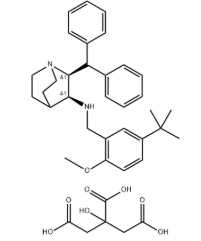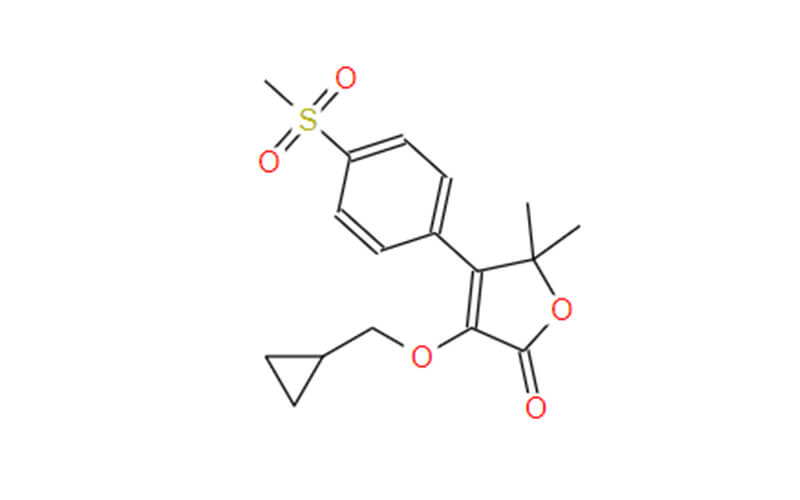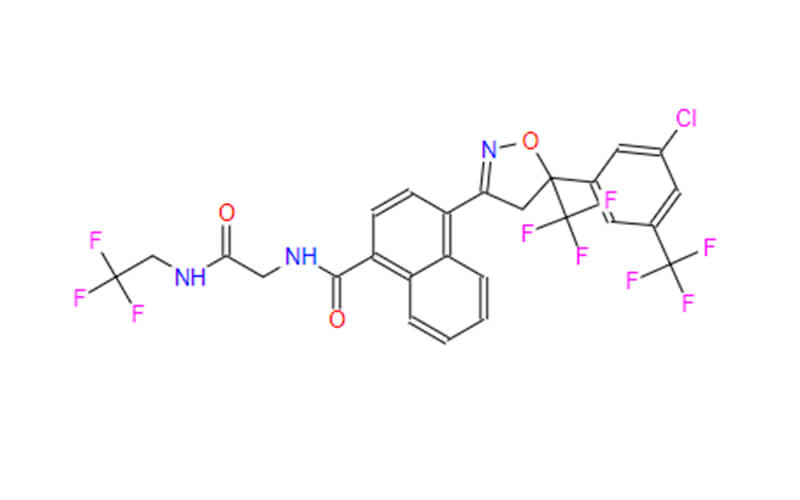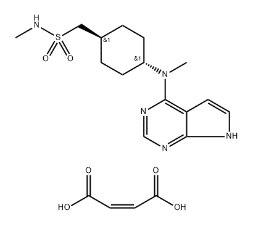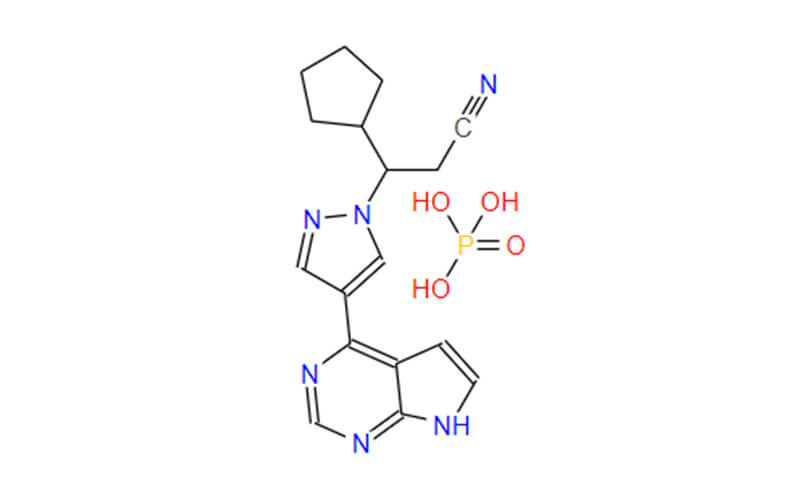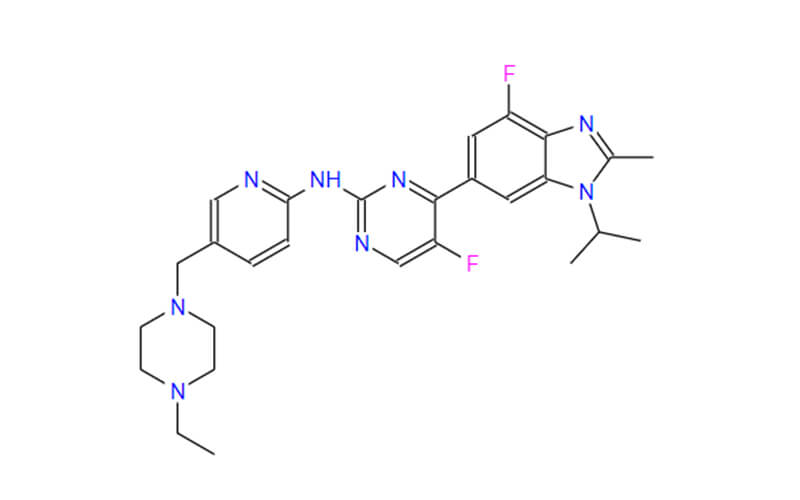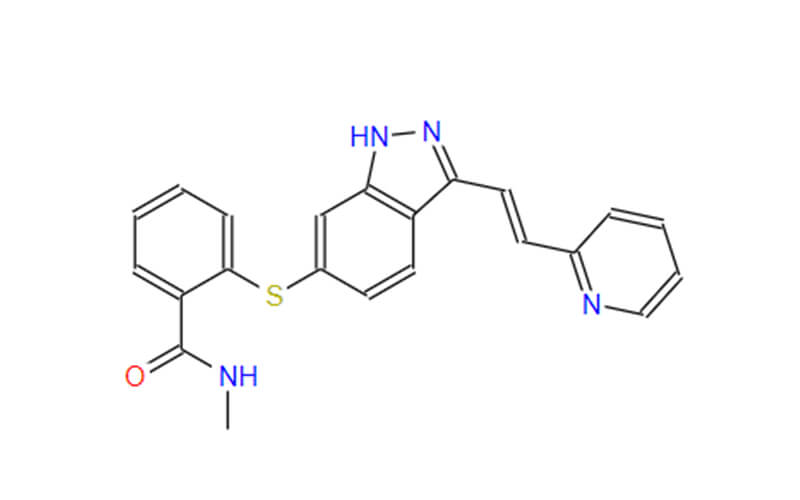Maropitant: Mechanism of Action, Uses and Dosage
Maropitant, often sold under the brand name Cerenia, is a medication widely used in veterinary medicine to combat nausea and vomiting in dogs and cats. It effectively relieves these unpleasant symptoms, improving a pet’s comfort and well-being. This article explores maropitant’s mechanism of action, its various uses, and proper dosage considerations.
What is Maropitant Base and Maropitant Citrate?
Maropitant, the active ingredient behind the anti-emetic medication Cerenia, exists in two primary forms: maropitant base and maropitant citrate.
Maropitant Base:
- Active Pharmaceutical Ingredient (API): This is the heart of the medication, the pure, unadulterated form of maropitant. It possesses the specific molecular structure responsible for the drug’s therapeutic effects. Imagine it as the raw, concentrated ingredient with the power to combat nausea and vomiting.
- Limited Application: Due to its potency and lack of solubility, maropitant base isn’t typically administered directly to animals. It serves as the foundation for creating a more usable form of the medication. Think of it as a powerful ingredient that needs further processing before it can be safely and effectively delivered to a pet.
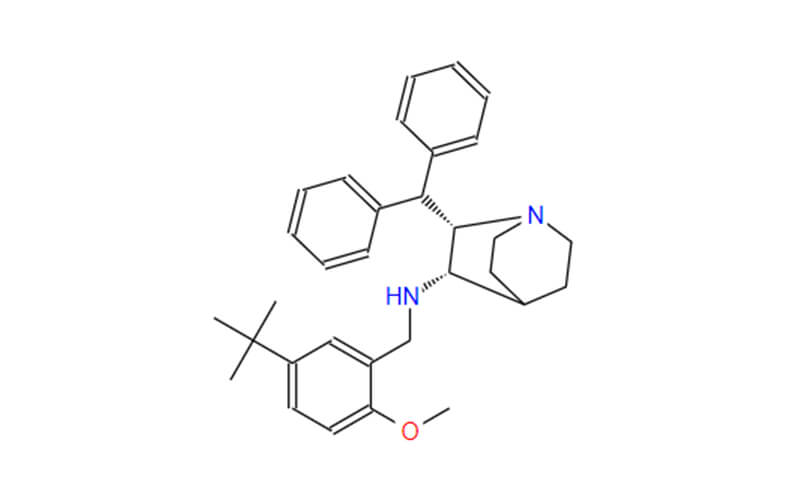
Maropitant Citrate:
- The Marketable Form: Maropitant citrate is the salt form of maropitant base. The addition of a citrate molecule modifies the chemical properties, making it more soluble in water. This increased solubility is crucial for creating injectable solutions, tablets, and flavored chewable treats – all formats readily absorbed by animals. In essence, maropitant citrate is the practical version of the drug, transformed for easy administration to our pets.
- The Active Ingredient in Veterinary Products: Maropitant citrate is the active ingredient found in brand-name medications like Cerenia and generic alternatives. Veterinarians prescribe this form to treat nausea and vomiting in dogs and cats.
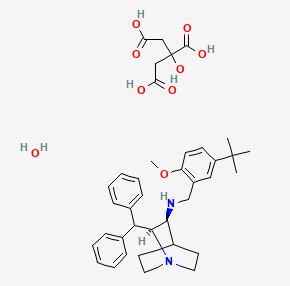
How Does Maropitant Work?
Maropitant citrate, a medication commonly sold under the brand name Cerenia, is a well-established treatment for nausea and vomiting in dogs and cats. Its effectiveness stems from its ability to interfere with the neurochemical pathway responsible for these symptoms.
1. Substance P and the Vomiting Reflex
The neurotransmitter substance P plays a key role in initiating the vomiting reflex. When triggered by various stimuli, such as motion sickness or dietary indiscretion, the body releases substance P in the central nervous system (CNS) and the gastrointestinal (GI) tract.
2. Neurokinin-1 Receptors: The Binding Sites
Substance P exerts its influence by binding to specific receptors called neurokinin-1 receptors (NK-1 receptors). These receptors are strategically located in the vomiting center of the brain and throughout the GI tract. When substance P binds to NK-1 receptors, it initiates a cascade of events that ultimately lead to nausea and vomiting.
3. Maropitant: A Selective NK-1 Receptor Antagonist
Maropitant citrate functions as a selective antagonist for NK-1 receptors. An antagonist, in pharmacological terms, is a molecule that competes for the same binding site as the natural neurotransmitter. Maropitant molecules have a high affinity for the NK-1 receptor, essentially acting like precisely shaped keys that fit the receptor’s lock.
4. Competitive Binding and Disruption of Signal Transmission
Following administration, maropitant molecules enter the system and bind to the NK-1 receptor sites. Due to their high affinity, they effectively occupy these sites, preventing substance P from binding. Consequently, substance P cannot transmit its signal, and the vomiting reflex is disrupted.
5. Interrupting the Chain Reaction and Preventing Vomiting
By strategically preventing substance P from binding to the NK-1 receptors, maropitant disrupts the communication pathway that triggers vomiting. Without this signal reaching its intended destination, the sensation of nausea and the act of vomiting are prevented. This explains the effectiveness of maropitant in alleviating nausea and vomiting in animals.
6. Specificity: Minimizing Side Effects
Maropitant’s high selectivity for NK-1 receptors contributes to its favorable safety profile. While other types of neurokinin receptors exist, maropitant primarily targets NK-1, minimizing the potential for unwanted side effects.
In essence, maropitant acts like a targeted blocker at the NK-1 receptor site, ensuring only authorized messages (not substance P) are permitted entry. This specific approach effectively prevents nausea and vomiting while minimizing disruption of other vital communication pathways within the nervous system and the gastrointestinal tract. Maropitant’s mechanism of action has established it as a valuable tool in veterinary medicine for managing nausea and vomiting in dogs and cats.
Uses of Maropitant API

Maropitant’s most established and widely used application is in treating and preventing nausea and vomiting in canines and felines. Here’s a breakdown of its effectiveness in various scenarios:
- Acute Vomiting: Whether caused by dietary indiscretion, motion sickness, or postoperative nausea, maropitant offers rapid relief by interrupting the neurochemical pathway that triggers vomiting.
- Chronic Vomiting: For pets experiencing persistent vomiting episodes, maropitant can be used to manage symptoms and improve their overall well-being.
- Vomiting Associated with Chemotherapy: Chemotherapy often induces nausea and vomiting as a side effect. Maropitant can be used in conjunction with other medications to help manage these symptoms and improve a pet’s tolerance to chemotherapy treatment.
Beyond its core function, maropitant is being investigated for its potential to address other conditions:
- Pain Management: Some studies suggest maropitant might possess mild pain-relieving properties. While not a primary pain medication, it could potentially offer additional comfort for pets experiencing nausea and vomiting alongside pain.
- GI Motility Disorders: Maropitant’s influence on the neurochemical pathways within the GI tract has led to research exploring its potential role in managing conditions like gastroesophageal reflux disease (GERD) in animals.
- Appetite Stimulation: Nausea and vomiting can significantly suppress appetite. Initial studies suggest maropitant might have a positive influence on appetite regulation, potentially aiding in faster recovery from illness or surgery.
Dosage and Administration of Maropitant
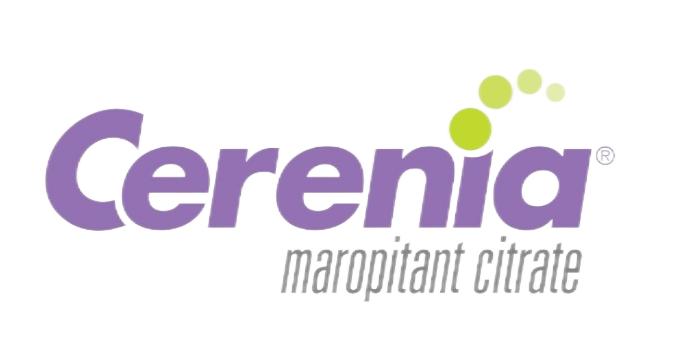
Maropitant requires precise dosing and administration for optimal effectiveness and safety. This section delves into the key considerations for proper use of maropitant in veterinary medicine.
Dosage Variations:
Maropitant is not a one-size-fits-all medication. The appropriate dosage depends on several crucial factors:
- Species: Different dosages are recommended for dogs and cats. Canine and feline metabolisms differ, necessitating species-specific dosing guidelines.
- Pet’s Weight: Dosage is typically calculated based on the animal’s body weight. A larger dog, for example, will require a higher dose compared to a smaller cat. Veterinarians will use weight charts or specific formulas to determine the appropriate amount for each pet.
- Reason for Administration: Dosage may vary depending on whether maropitant is used for treating existing vomiting or preventing its occurrence. For instance, preventing vomiting due to motion sickness might require a lower dose compared to treating acute vomiting episodes.
Administration Methods:
Maropitant is available in various formulations to cater to individual needs and preferences:
- Tablets: These are the most common form, often flavored for easier oral administration in dogs and some cats.
- Injectable Solution: This form is typically used for pets who are unable to take tablets orally due to vomiting or other reasons. It is administered by a veterinarian via injection under the skin (subcutaneously) or intravenously.
- Flavored Chewable Tablets: These are a recent development, offering a more palatable option for cats who might dislike regular tablets.
Additional Considerations:
- Duration of Treatment: The duration of maropitant treatment will depend on the severity of the vomiting and the underlying cause. Veterinarians will typically prescribe a short course of treatment for acute vomiting episodes.
- Potential Side Effects: Maropitant is generally well-tolerated, but some pets might experience mild side effects like lethargy or facial itching.
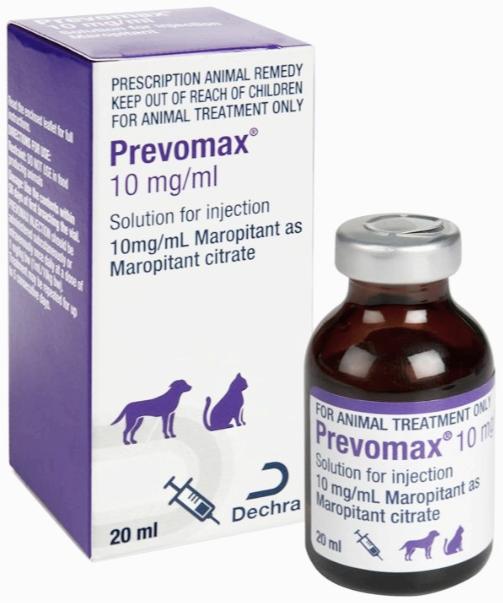
Where Can You Get High Quality Maropitant API?
If you are looking for a High Quality Maropitant Supplier, you may wish to consider Qinmu Pharmaceutical.
Qinmu Pharmaceutical exemplifies a steadfast commitment to pharmaceutical excellence. Nestled in China, this modern facility is meticulously crafted to manufacture premium-grade Maropitant Active Pharmaceutical Ingredient (API) to meet global demand. Bolstered by cutting-edge technology and a proficient workforce, our Maropitant API factory upholds rigorous quality control protocols throughout the production process.
From meticulously sourcing raw materials to ensuring precise distribution of the final product, our facility prioritizes accuracy and purity, guaranteeing adherence to international regulatory standards for each batch of Maropitant API. With an unwavering dedication to innovation and sustainability, Qinmu Pharmaceutical stands as a revered pioneer in Maropitant API production, fostering the advancement of formulations that elevate animal health and welfare on a global scale.

